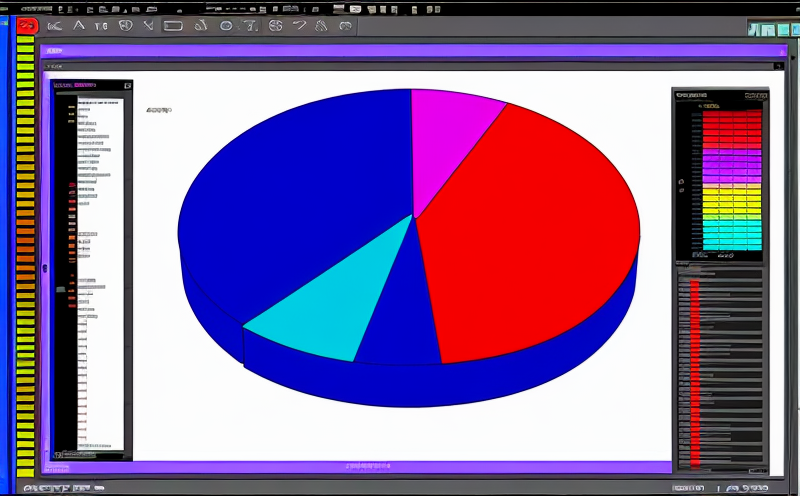ASTM D3895 Oxidative Induction Thermal Stability Testing
The ASTM D3895 oxidative induction time (OIT) test measures the thermal stability of polymeric materials by monitoring the onset of oxidative degradation. This method quantifies how long a material can be exposed to heat before it begins to degrade, providing critical insights into its durability and performance under elevated temperatures.
During this testing procedure, samples are heated in an inert atmosphere at controlled rates while simultaneously measuring the oxygen consumption rate. The test starts with the sample at room temperature and gradually increases the temperature until a specific increase in oxygen uptake is detected, indicating the onset of thermal oxidative degradation. This point, known as the OIT value, is expressed in minutes.
The ASTM D3895 test is particularly useful for assessing thermoplastics, elastomers, and other organic materials that are prone to oxidative aging when exposed to heat. It helps manufacturers optimize processing conditions and select appropriate additives or modifiers to improve the material's resistance to thermal degradation. This information is crucial for ensuring product longevity in demanding applications such as automotive parts, electrical insulation, and medical devices.
The ASTM D3895 test also aids in evaluating the effectiveness of antioxidants and stabilizers by comparing the OIT values before and after treatment. By understanding how well these additives protect against oxidative damage, developers can enhance material performance and extend product life cycles. Additionally, this testing method supports regulatory compliance for industries with stringent thermal stability requirements.
Thermal analysis plays a pivotal role in materials science by providing detailed insights into the physical properties of substances under various conditions. The ASTM D3895 test is one component of this broader field, focusing specifically on oxidative degradation and its relation to temperature exposure. This information is invaluable for researchers and engineers working on improving material performance in harsh environments.
The OIT value derived from the ASTM D3895 test offers a straightforward measure of thermal stability that can be used to compare different materials or versions of the same material. For instance, comparing the OIT values of two similar polymers treated with different antioxidants can reveal which additive provides better protection against oxidative aging.
In conclusion, ASTM D3895 Oxidative Induction Thermal Stability Testing is a cornerstone technique in assessing polymeric materials' thermal stability. By providing precise data on the onset of oxidative degradation, this test ensures that products meet stringent quality and performance standards across various sectors.
Applied Standards
| Standard | Description |
|---|---|
| ASTM D3895-17 | This standard specifies the procedure for determining the oxidative induction time (OIT) of polymeric materials using an oxygen consumption technique. |
| ISO 11460-2:2003 | An international standard that provides a similar method to ASTM D3895 but is used for a broader range of materials, including thermosetting plastics and elastomers. |
| EN 14676:2017 | A European standard that offers additional guidance on the use of this test in specific applications within the automotive industry. |
Benefits
The ASTM D3895 Oxidative Induction Thermal Stability Testing offers several significant benefits to industries reliant on materials with high thermal stability. By accurately measuring the onset of oxidative degradation, this testing method allows manufacturers to:
- Optimize processing conditions to minimize thermal degradation during manufacturing.
- Select appropriate additives or modifiers that enhance material performance and longevity.
- Evaluate the effectiveness of antioxidants and stabilizers in protecting against oxidative aging.
- Ensure compliance with stringent quality standards and industry-specific regulations.
The test's precision also facilitates research and development efforts by providing clear data on material behavior under specific conditions. This information is invaluable for improving product performance and extending the useful life of materials in demanding applications.
Quality and Reliability Assurance
The ASTM D3895 test plays a crucial role in maintaining quality and reliability assurance by offering reproducible results that can be consistently replicated across different laboratories. This consistency ensures that the data obtained from this testing method is reliable and can be used to make informed decisions about material selection and processing.
In addition, the ASTM D3895 test supports compliance with international standards, ensuring that materials meet the required specifications for various industries. By adhering to these standards, manufacturers can confidently present their products as meeting the highest quality benchmarks, thereby enhancing customer trust and satisfaction.
The reproducibility of results also allows for continuous monitoring of material performance over time. This capability is particularly important in industries where materials are exposed to harsh environmental conditions or undergo significant temperature fluctuations during use. Regular testing can help identify any changes in material properties that may indicate the need for process adjustments or material modifications.
Furthermore, the ASTM D3895 test's ability to provide precise data on oxidative induction time (OIT) enables manufacturers to optimize their production processes and improve product performance. By understanding how different factors affect the OIT value, engineers can fine-tune their procedures to achieve optimal results while minimizing potential risks associated with thermal degradation.
In conclusion, the ASTM D3895 test is an essential tool for ensuring quality and reliability in materials manufacturing, providing consistent, accurate data that supports industry standards and enhances product performance.





